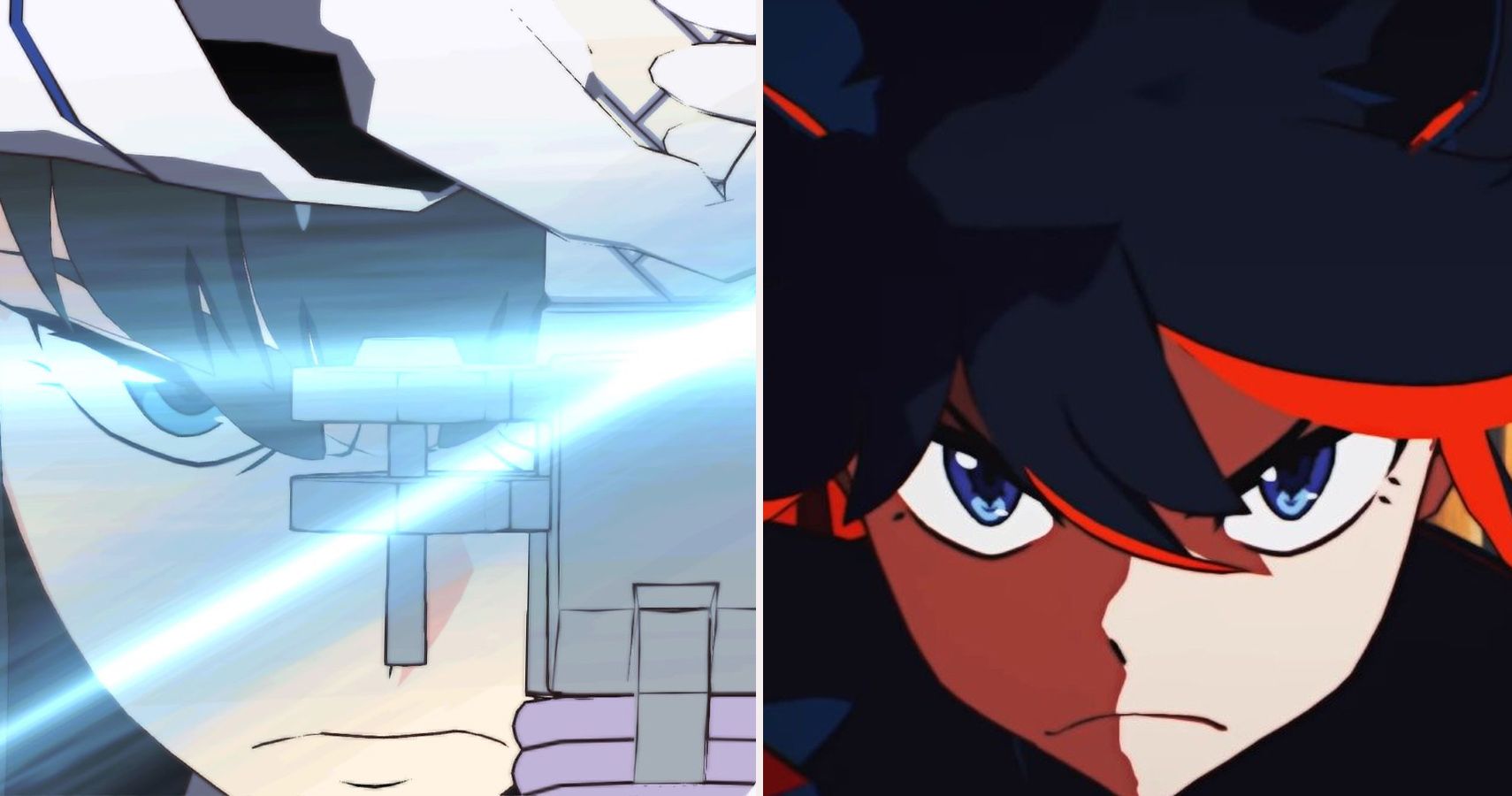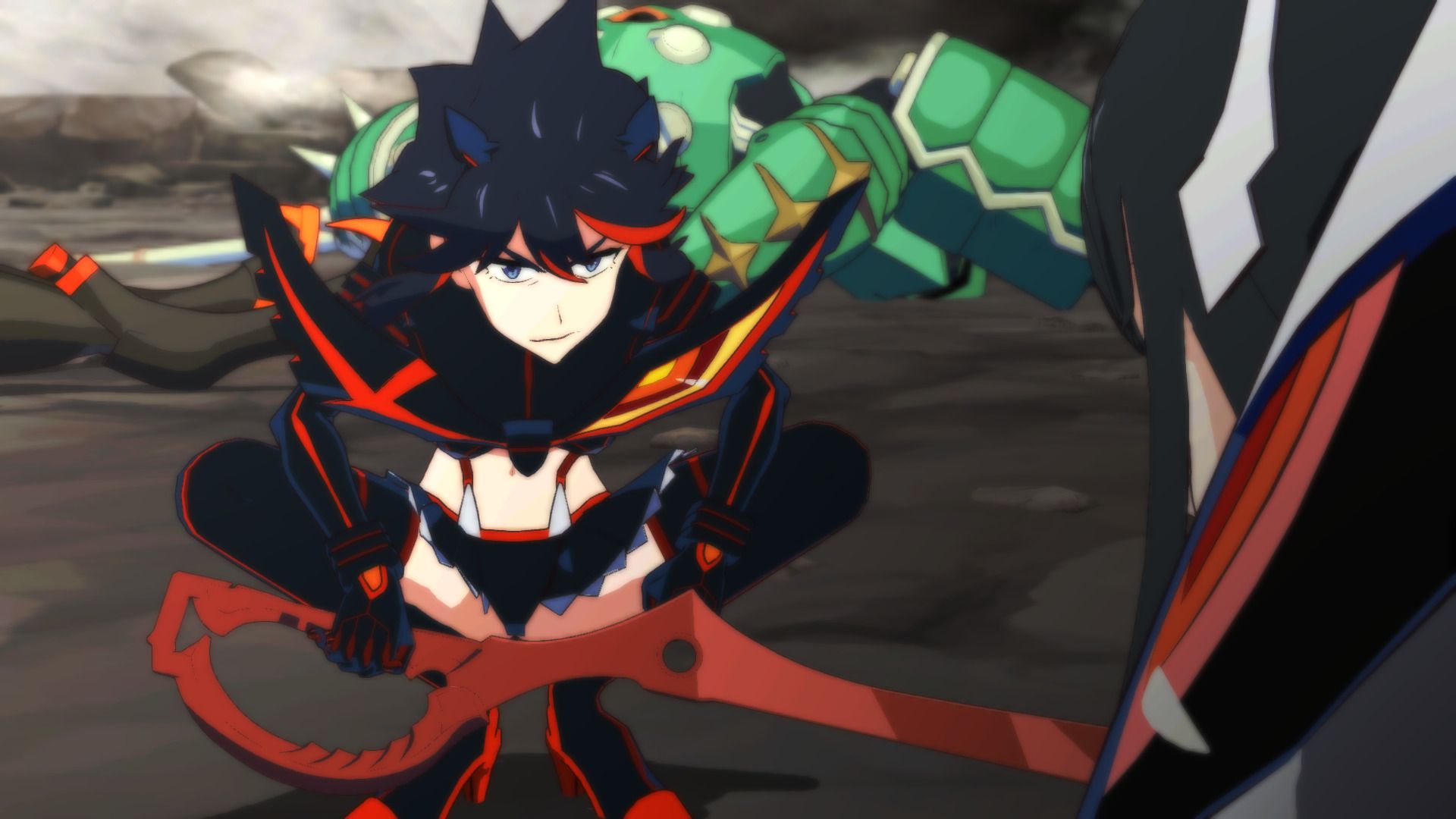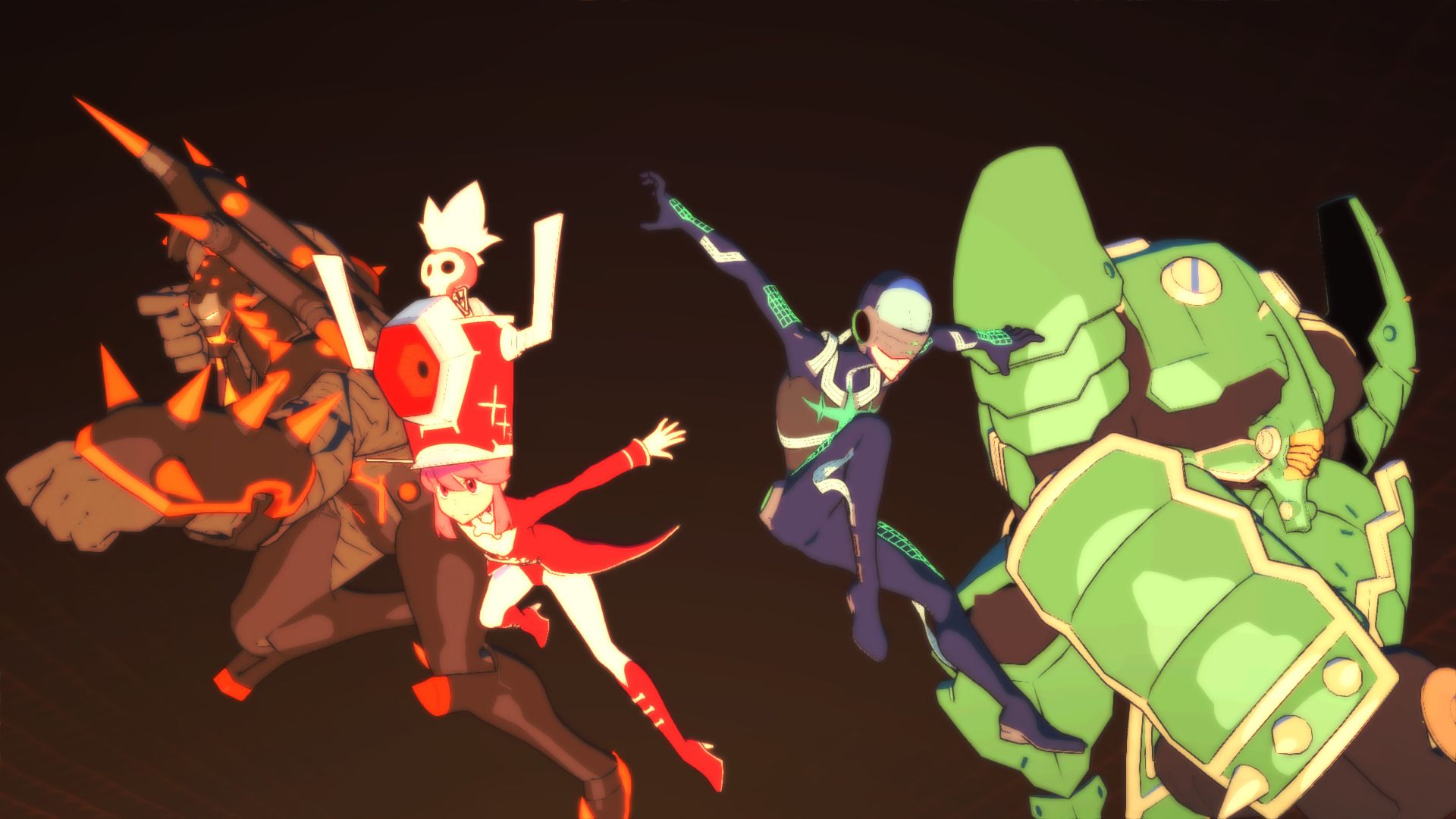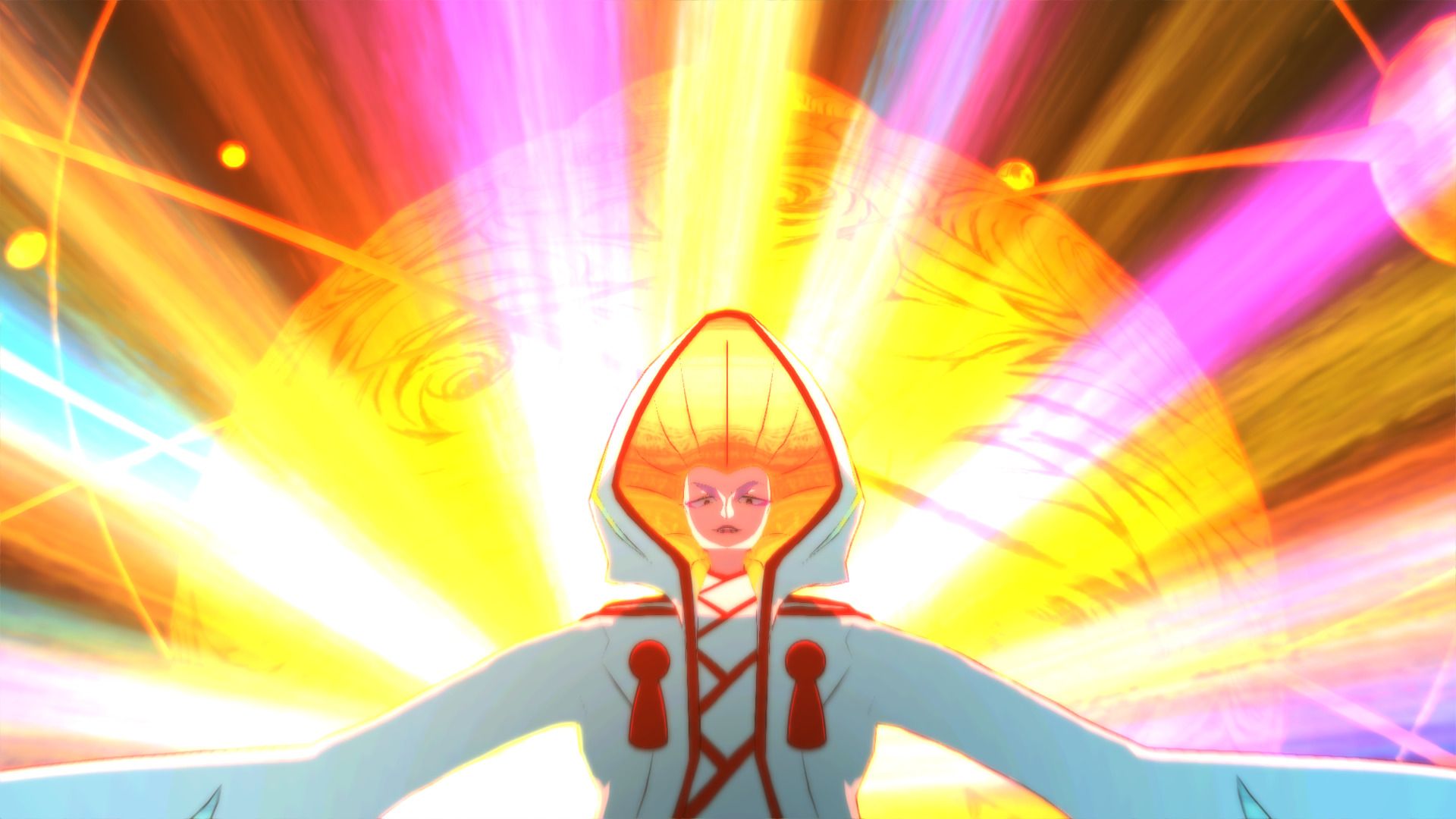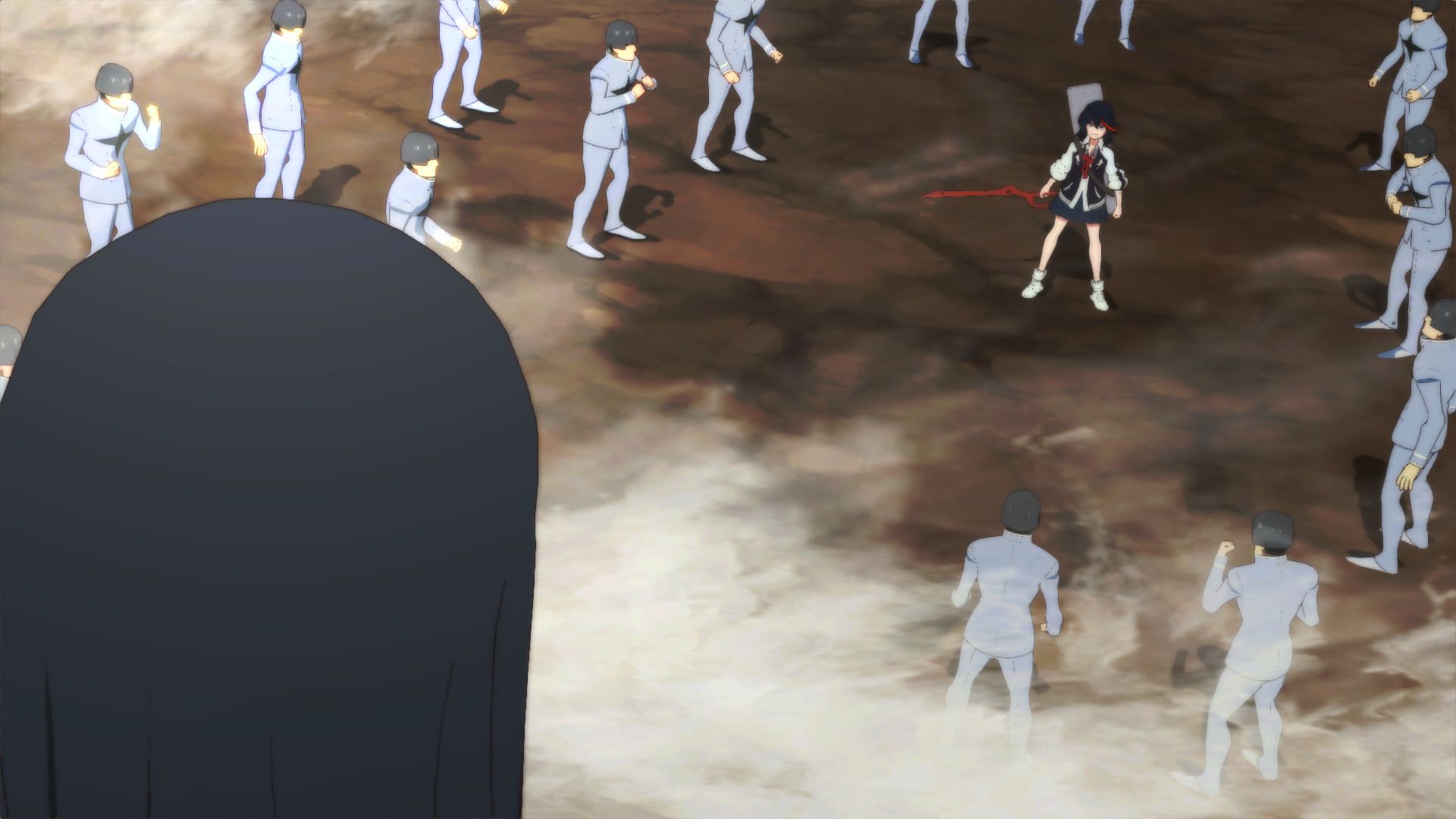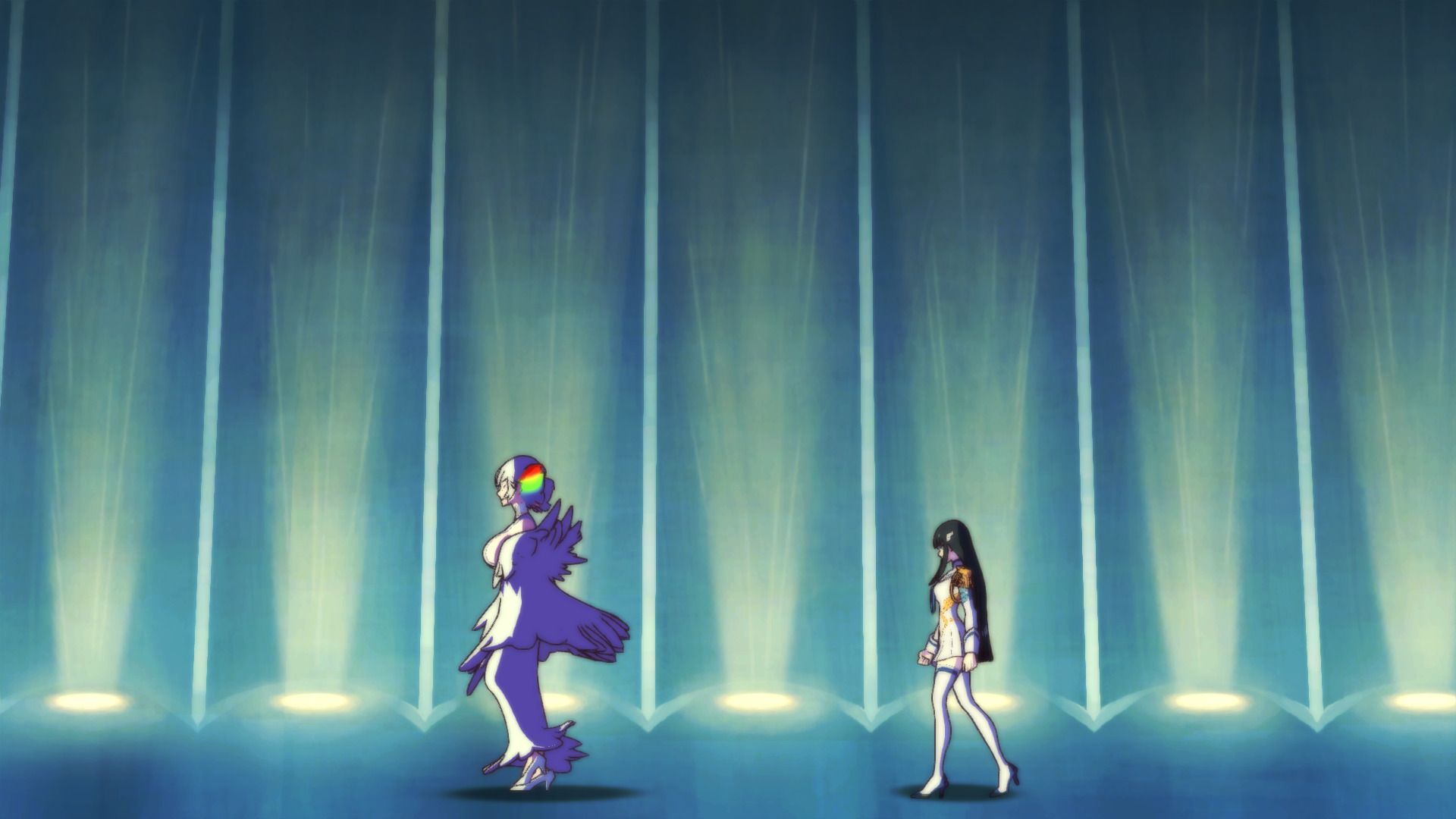Kill la Kill – IF is the latest anime fighting game from developer Arc System Works, along with A+ Games and APLUS Company. It’s adapted from the 2014 anime Kill la Kill and does a good job of recreating the feel of the show. From the use of the original voice actors to the cell-style graphics, the game is quite the authentic piece of media.
Like every new game, especially fighting games, there are probably a few things that could be easily looked over by most, either consciously or unconsciously; for better or for worse. Well, don’t worry, this list has got you covered on those things.
10 10. Some Subtitles Are Inaccurate
This probably goes without saying for a piece of work based on an anime. The game features both English and Japanese voice work and both of them are pretty fantastic as long as you can get past the horrible lip-syncing.
Regardless, if you happen to have the subtitles on for the English voice acting, you’ll sometimes notice that the subtitles don’t always match with the what the character is actually saying. Granted, this is more than likely because the same meaning is still conveyed either way and not everything can be translated one-to-one from different languages. Still, it is a little jarring should you be one of the few who uses subtitles while still listening in English.
9 9. You Can Change The Menu Voice-Over
Speaking of voice-overs, there are a few of them that can be accessed while the game is booting up. Normally, when the game displays the opening company logos the voice actor of Senketsu will say them out loud to you. If you aren’t too hasty to mash the jump button to quickly speed your way through them, then you could press some of the other face buttons on your controller to hear different characters other than Senketsu read through the logos and title screen.
The guard break button will give you Mako. The long-range attack button will give you Ryuko. The close-range button will give you Satsuki. On top of that, the two shoulder buttons will also give you different voices. The left one will give you Ragyō and the right will give you Nui. Unfortunately, the only one that will actually follow you into the in-game menus is Mako.
8 8. Optimizing Damage
Kill la Kill – IF is a fighting game that uses auto-combos. A simple system that doesn’t require the player to remember a bunch of complicated inputs and motions. That still doesn’t mean that there’s no room for optimizing your damage.
It’s easy to just mash out the same combo string any and every chance you get but that doesn’t mean you’re getting the most damage out of it. Some strings do more damage than others. Some give you better options at the very end of the combo than others and some aren’t even worth finishing if you have a meter. It’s an easy and simple thing to miss.
7 7. Tutorial Actions
Kill la Kill – IF has a pretty ambiguous tutorial mode. It’s just Shirō Iori spouting information in your ear while you stare at, or freely beat down, a defenseless Ryuko. The tutorial is a requirement when you start the story mode. Throughout it, Iori gives you a list of actions to complete. While this is all fine, he fails to mention that you have a time limit for each set of actions. If you take too long to complete them, he just moves on to the next set.
After giving Ryuko a proper bopping at the end of the tutorial, you’re then rated on your performance. Your performance isn’t based on how well you laid the smackdown on your opponent though, but instead how many tutorial actions you executed while they were on screen. This no doubt left a bunch of people scratching their head as to how they did so poorly even if they managed to beat Ryuko while taking no damage the first time around.
6 6. The Rating System In Story Mode
Then there’s the games overall grading system, which is even more ambiguous. Your first time through, you’ll probably pay little attention to it as you just try to finish the story; however, once you start going for those S ranks, you’ll find that the games grading system is pretty unclear.
It grades you on three things: HP, time, and offense.
HP and time are pretty self-explanatory, though vague in the amount of each, but the offense qualifier could mean anything and the game never reveals much about it. Your only hope is to experiment and try to find the best combination of tactics that’ll net you the A ranks you need in each category.
5 5. How To Punish
This is still a fighting game after all. With the auto-combo system knowing how to properly punish your opponent, Kill la Kill -IF is a little different from most other fighters. The trick is mostly knowing where the gaps are in combos and reacting accordingly.
Most strings do a ton of push back if your opponent commits to the entire thing while you’re blocking, leaving both you and your opponent back in the neutral. Most of those strings do have a gap before the final hit that allows you to sidestep it though and properly counter-attack. And this is just one example of "Punish" situations.
4 4. Oki
Oki is also a little different in this game. Usually in most fighters, when you knock your opponent down you have the advantage. Kill la Kill – IF takes some of that advantage away by giving the player who is waking up automatic invincibility frames. This basically guarantees that the player waking up is free to press a button and more than likely stuff or completely ignore any button you had for them as they wake up.
Coupled with the fact that most moves in this game knock your opponent back a considerable distance away, your Oki options are at the mercy of what your opponent likes to do when they wake up. So, if you were wondering why your attacks weren’t working on someone who just got off the ground, that’s why.
3 3. Wall-Splatting
Wall-Splatting is a core mechanic of Kill la Kill – IF that goes mysteriously unexplained to the player. It occurs when certain attacks knock characters back towards the invisible walls of the arena at an angle that makes them splat against it. This effectively keeps that character in a juggle state should you have a fast enough follow up to reach them.
Some characters have moves that are almost always guaranteed to wall-splat their opponents while others have attacks that do it occasionally under certain conditions. It might be a mechanic you’ve been unconsciously taking advantage of but wasn’t really sure of its implications or conditions. But it’s certainly a mechanic that can be manipulated for a big advantage.
2 2. Crumple States
Similar to wall-splatting, crumple states also go questionably unexplained in Kill la Kill- IF. Crumple states are essentially an effect in which a character is put into a vulnerable condition conveyed to the player by the character literally falling to their knees. Crumple states can happen after certain wall-splats, at the end of particular combos or from specific long-range attacks.
It, of course, varies from character to character but crumple states almost always guarantee an instant follow up with another combo or special move and it’s a little easier to manipulate than wall-splatting for some characters. It’s a powerful tool to keep in mind to be sure you aren’t leaving any damage on the table.
1 1. Using Bloody Valor
Bloody valor is a rock, paper, and scissors mode in Kill la Kill – IF. There’s nothing worse than a luck-based element in a fighting game. The reason you missed it is probably because you never needed it or knew how to use it at all. There are just so many other better resources to use a meter on in this game.
To use a meter on an attack that literally isn’t even fully guaranteed to work for the chance at a small power-up is a forgettable element in any fighting game. Also, with how much the computer seems to be able to guess right every time you use it, why even bother?

